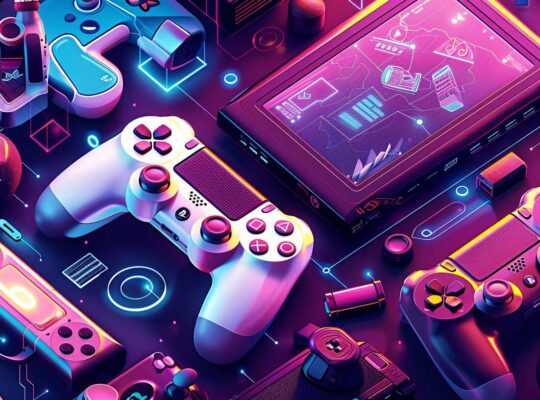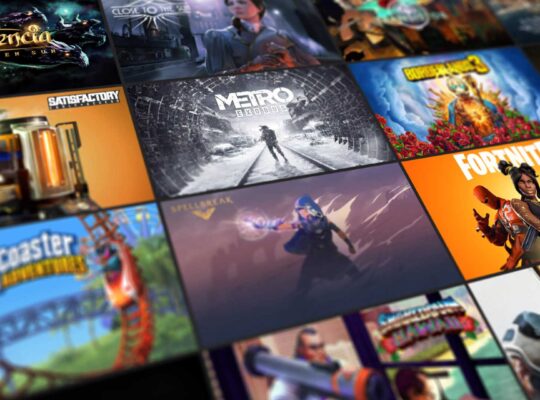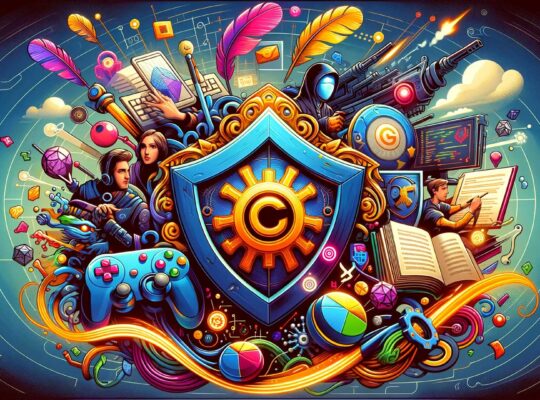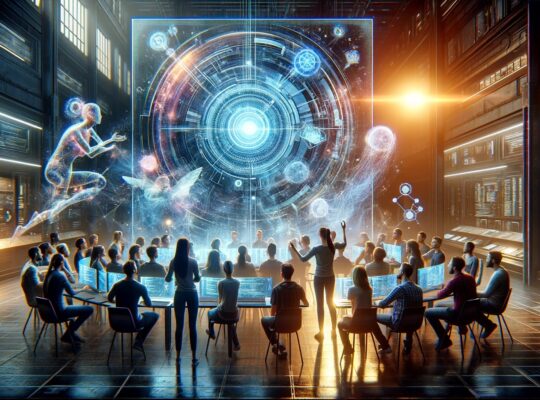U nity is a powerful game engine that can be used to create a wide range of games, from 3D first-person shooters to 2D puzzle games. In this article, we will focus specifically on 2D game development with Unity, exploring the features and tools that make Unity a great choice for creating 2D games.
Getting Started with Unity 2D Game Development
Before diving into the specifics of 2D game development with Unity, it’s important to have a basic understanding of the Unity interface and workflow. Unity’s interface is composed of several main windows, including the Scene View, the Game View, the Hierarchy window, and the Inspector window.
The Scene View is where you will create and manipulate your game’s 2D assets, such as sprites and tilemaps. The Game View is where you can preview your game as it will appear to players. The Hierarchy window displays all the objects in your scene, while the Inspector window allows you to modify the properties of selected objects.
To begin creating a 2D game in Unity, you will need to create a new project and set the project settings to 2D. This will ensure that Unity’s physics engine and other features are optimized for 2D game development.
Working with 2D Assets in Unity
One of the key features that makes Unity a great choice for 2D game development is its robust support for 2D assets. Unity supports a variety of 2D asset types, including sprites, tile-maps, and particle effects.
Sprites are 2D images that can be used to represent game objects, such as characters, enemies, and obstacles. Unity includes a built-in Sprite Editor that allows you to create and modify sprites directly within the editor.
Tilemaps are grids of tiles that can be used to create backgrounds, levels, and other 2D environments. Unity’s Tilemap Editor allows you to create and edit tilemaps quickly and easily, using a variety of tilesets and brushes.
Particle effects are dynamic visual effects that can add realism and excitement to your game. Unity includes a powerful Particle System that allows you to create and customize particle effects with ease.
Using Physics in Unity 2D Game Development
Another key feature of Unity for 2D game development is its support for physics. Unity’s physics engine allows you to simulate realistic movement and collisions for 2D game objects, making it possible to create games with engaging gameplay and responsive controls.
To use physics in your 2D game, you will need to add colliders and rigidbodies to your game objects. Colliders define the shape and size of a game object’s physical body, while rigidbodies control its movement and response to external forces.
You can also use Unity’s Physics2D.Raycast function to detect collisions between objects and trigger events in response. This can be especially useful for creating game mechanics such as shooting, jumping, and platforming.
Creating UI in Unity 2D
In addition to its support for 2D assets and physics, Unity also includes powerful tools for creating user interfaces (UI). Unity’s UI system allows you to create buttons, menus, and other interactive elements that can be used to navigate your game and provide feedback to players.
To create UI elements in Unity, you will need to use the Canvas and RectTransform components. The Canvas component defines the area of the screen where the UI will be displayed, while the RectTransform component defines the position, size, and anchor points of individual UI elements.
You can also use Unity’s Event System to add interactivity to your UI elements, allowing players to click buttons, drag sliders, and perform other actions in response to on-screen prompts.
Submit a Story
Have something to report? Have a story you think would be great for us?
Please join our Discord to submit your pitch or leave a comment!









